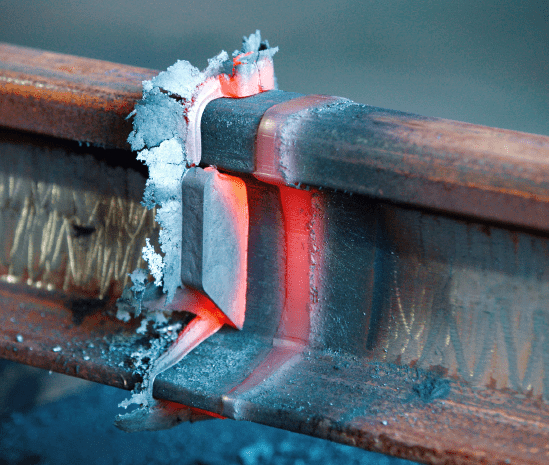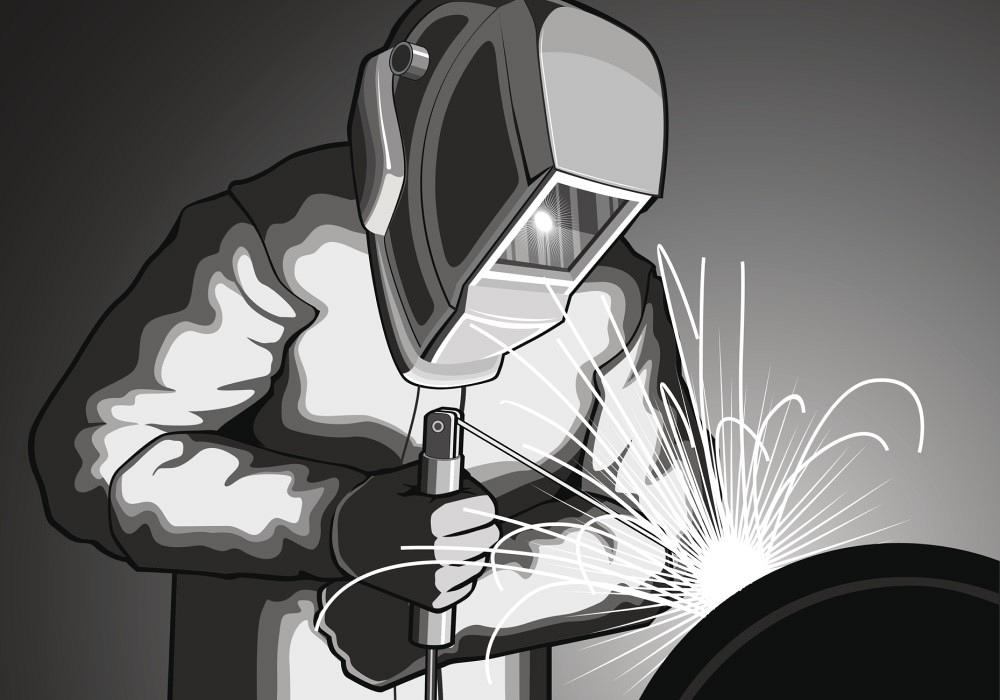Getting Welding Excellence: Introducing the Tricks of WPS Application and Optimization
In the world of welding, attaining excellence is a pursuit that pivots on the thorough application and optimization of Welding Treatment Specs (WPS) These foundational documents act as the backbone of welding operations, determining the specifications and treatments essential for generating high-grade welds constantly. Nevertheless, the keys to unlocking the complete possibility of WPS lie not only in recognizing its value but also in mastering the details of its application and optimization. By diving right into the crucial elements, methods, challenges, and best practices related to WPS, a globe of welding excellence waits for those who agree to explore its depths.
Value of WPS in Welding
The Significance of Welding Procedure Requirements (WPS) in the welding sector can not be overstated, acting as the foundation for making certain consistency, high quality, and safety in welding procedures. A WPS offers detailed instructions on exactly how welding is to be accomplished, including vital variables such as products, welding procedures, joint style, filler steels, interpass and preheat temperatures, welding currents, voltages, traveling speeds, and much more. By sticking to a well-defined WPS, welders can maintain uniformity in their job, causing consistent weld top quality throughout various jobs.

Crucial Element of WPS
Going over the important elements of a welding treatment specification (WPS) is essential for recognizing its function in welding procedures. One vital facet of a WPS is the welding procedure specification, which lays out the specific welding procedures to be utilized, such as gas tungsten arc welding (GTAW) or shielded steel arc welding (SMAW) By integrating these essential aspects right into the WPS, welding treatments can be standardized, guaranteeing top quality, performance, and safety and security in welding procedures.
Strategies for WPS Optimization

Secondly, training and credentials of welding workers according to the particular requirements of the WPS is vital. Providing thorough training programs and making sure that welders are accredited to implement treatments laid out in the WPS can lead to better welds and reduced rework.
Additionally, leveraging modern technology such as welding software application and tracking systems can assist in optimizing WPS. These tools can aid in monitoring variables, making certain criteria are within defined limitations, and supplying real-time feedback to welders, allowing them to make instant modifications for boosted weld high quality.
Common Challenges and Solutions
Facing challenges in executing the my site methods for WPS optimization can hinder welding operations' performance and quality. One usual difficulty is poor training or understanding of the welding treatment specifications (WPS) amongst the welding group. This can lead to improper execution of welds, resulting in problems and remodel. To address this, thorough training programs ought to be executed to make certain that all welders excel in translating and using WPS properly.
One more challenge is the absence of appropriate documents and record-keeping, which is important for WPS optimization. Without clear documents of welding parameters, materials made use of, and assessment results, it ends up being tough to determine locations for improvement and make certain uniformity in welding processes. Carrying out a durable documentation system, such as digital welding monitoring software, can Find Out More help enhance record-keeping and facilitate data analysis for continual improvement.
Additionally, inconsistent welding devices calibration and upkeep can posture a considerable obstacle to WPS optimization. Regular tools checks, calibration, and upkeep routines ought to be complied with purely to ensure that welding parameters are precisely regulated and maintained within the defined resistances (welding WPS). By dealing with these common challenges with aggressive remedies, welding operations can enhance efficiency, quality, and total welding quality
Ideal Practices for WPS Execution
To make sure successful WPS implementation in welding procedures, adherence to industry requirements and meticulous attention to detail are paramount. When starting WPS implementation, it is essential to begin by thoroughly comprehending the certain welding requirements of the task. This requires a detailed evaluation of the welding procedure requirements, products to be welded, and the ecological problems in which the welding will certainly occur.
When the requirements are clear, the following action is to select the proper welding treatment that straightens with these specs. This includes speaking with the appropriate codes and requirements, such as those supplied by the American Welding Society (AWS) or the International Organization for Standardization (ISO), to make certain compliance and top quality.
Additionally, documenting the entire WPS execution procedure is vital for traceability and high quality control. Comprehensive records should be maintained regarding welding specifications, product preparation, preheat and interpass temperature levels, welding consumables made use of, and any kind of inconsistencies from the original procedure. Normal audits and evaluations of the WPS can assist identify locations for enhancement and make sure ongoing optimization of the welding process.


Conclusion
To conclude, the implementation and optimization of Welding Treatment Specifications (WPS) is vital for achieving welding excellence. By comprehending the crucial elements of WPS, executing reliable approaches for optimization, attending to usual challenges, and complying with ideal techniques, welders can make certain high-grade welds and risk-free working problems. It is essential for specialists in the welding sector to prioritize the appropriate execution of WPS to enhance total welding efficiency and accomplish preferred outcomes.
The Value of Welding Procedure Specifications (WPS) in the welding market can not be overemphasized, serving as the foundation for ensuring consistency, high quality, and security in welding procedures. A WPS offers comprehensive guidelines on just how welding is to be brought out, including vital variables such as products, welding processes, joint layout, filler metals, interpass and preheat temperature levels, welding currents, voltages, travel speeds, and much more. One crucial facet of a WPS is the welding process requirements, which outlines the certain welding processes to be utilized, such as gas tungsten arc welding (GTAW) or protected metal arc welding (SMAW) By have a peek at this site including these essential components right into the WPS, welding procedures can be standardized, guaranteeing high quality, performance, and safety in welding operations.
It is important for experts in the welding market to prioritize the appropriate implementation of WPS to enhance overall welding performance and accomplish preferred outcomes.